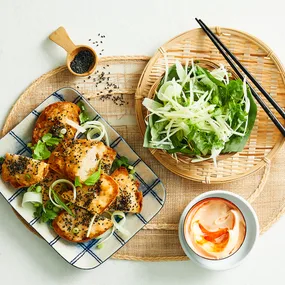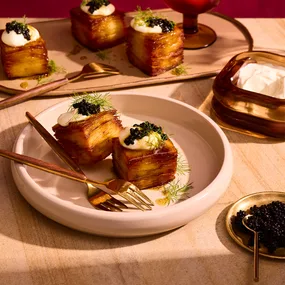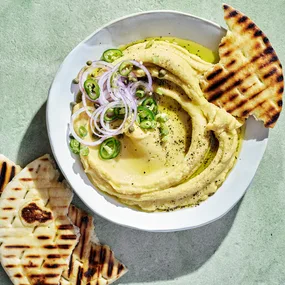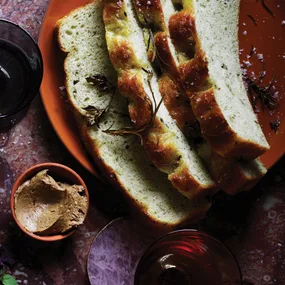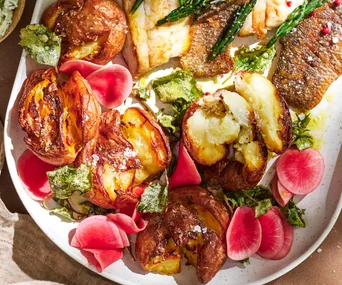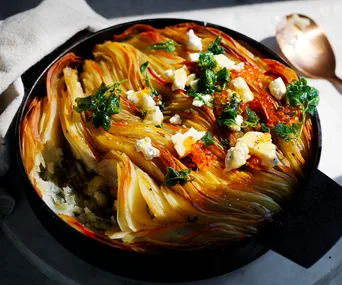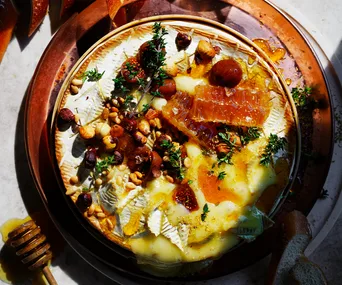Perhaps Italy’s most celebrated cold dish, vitello tonnato makes a great party plate, writes Guy Grossi, of Melbourne’s Grossi Florentino. He shows us how it’s done.
This dish originates in the north of Italy, in Piedmont, and having a mother from the north meant it featured on our dinner table regularly. It’s still one of my family’s favourite dishes and we often enjoy it at Christmas and other celebrations.
It’s not clear where the idea came from to steep sliced veal in tuna sauce, but it may have been born of the Italian mentality of using up leftovers by turning them into something else. It could well have been that leftover veal and canned tuna was all some clever cook had on hand at the time. And out came vitello tonnato.
Vitello tonnato has a wonderfully unique flavour. While the combination of veal and tuna might seem strange, it certainly is one of the best examples I know of where land and sea work well together. While the body of the sauce is tuna, the flavour that comes from the addition of capers and lemon juice has the perfect balance of salt and acidity without any overpowering flavours of fish.
It’s a perfect dish for entertaining. While most versions you see in restaurants outside Italy sauce the veal to order, traditionally it’s made a day in advance. It’s definitely one of those dishes that are better the day after it’s made. Leaving the veal to sit in the tuna sauce for a day allows the flavours to infuse and the veal to soak up the sauce. Take it out in time to lose the chill of the fridge, and remember to have some crusty bread on hand for when the veal is gone. It would be a crime to waste that sauce.
The veal is poached slowly so it remains tender and pink in the centre; it’s important to get this right – it should feel firm, but spring back from the touch. Once cooked, the veal should be sliced as thinly as as your sharpest knife will allow. And the tuna sauce, the hero here, should be light and creamy.
Some versions I’ve seen use mayonnaise, but this is not traditional, and if the sauce is made right you won’t need to add it. I like to use our own house-preserved tuna; the flavour and texture of the tuna is delicate and adds a special dimension to the dish.
Of course, canned tuna is perfectly acceptable, too. There’s lots of high-quality Italian canned tuna available, which makes this dish easy and accessible.
I like to use La Nicchia Pantelleria capers for both cooking and garnishing here. They’re small, sweet capers with a pleasant flavour. Larger capers can be too salty and overpower the subtle tuna flavour of the sauce. The traditional garnishes for this dish, as well as capers, are lemon segments and shaved parmesan. Some rocket can dress it up nicely, too, and add some colour.
In warm weather this dish is easily a go-to for weekend gatherings and dinner parties. It looks impressive and there’s no fussing to be done in the kitchen, so you can enjoy your company, glass of white wine in hand. Yes, please.
Ingredients
Method
Main
Note Girello, a cut from the hind leg, is also sold as veal nut. It’s best when not too young but still very light in the flesh. It may need to be ordered ahead from your butcher.
Notes
